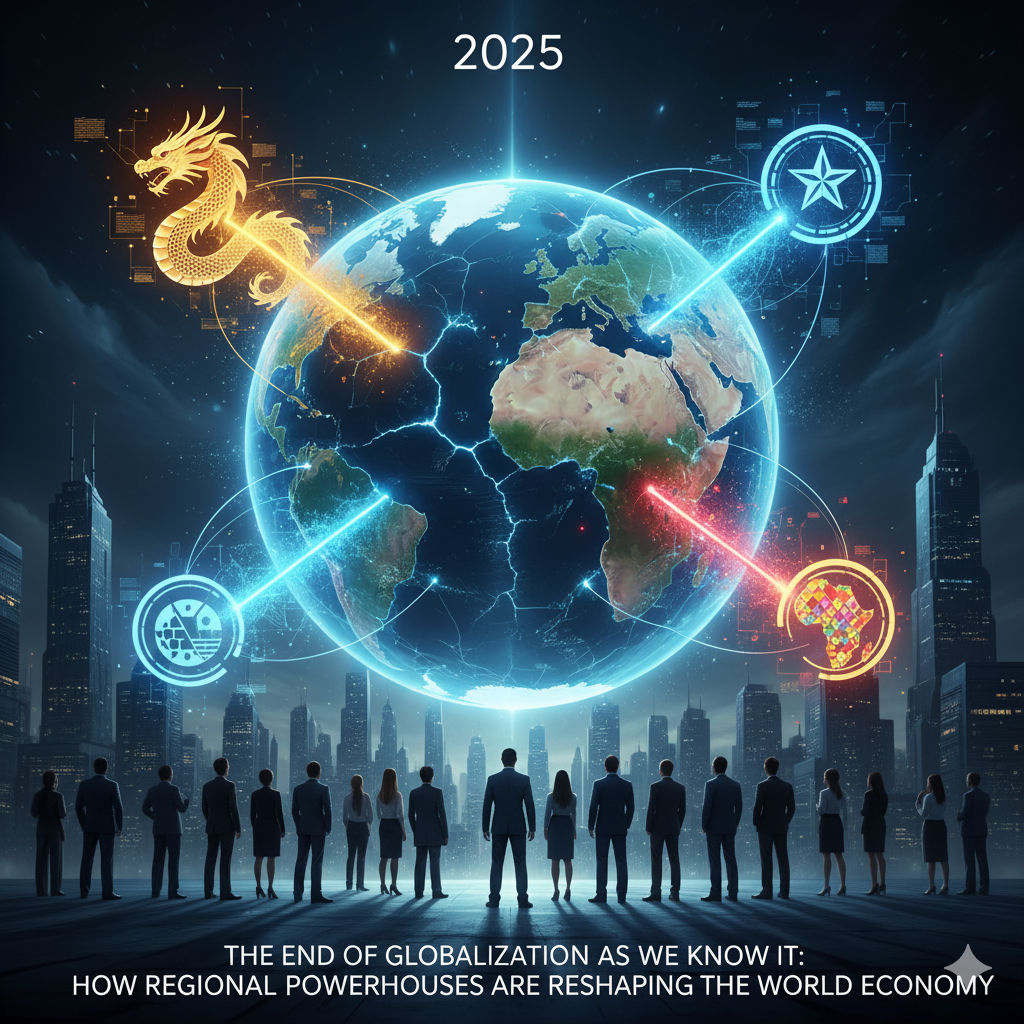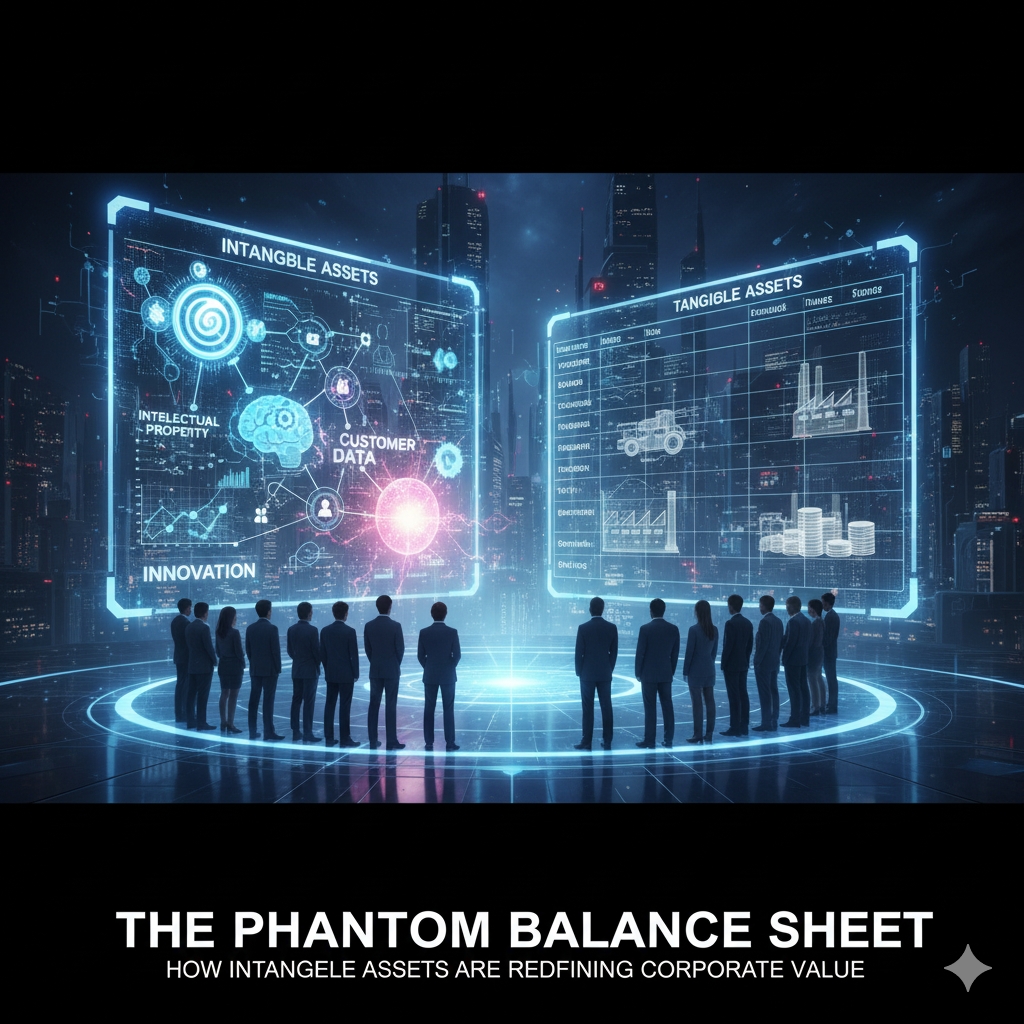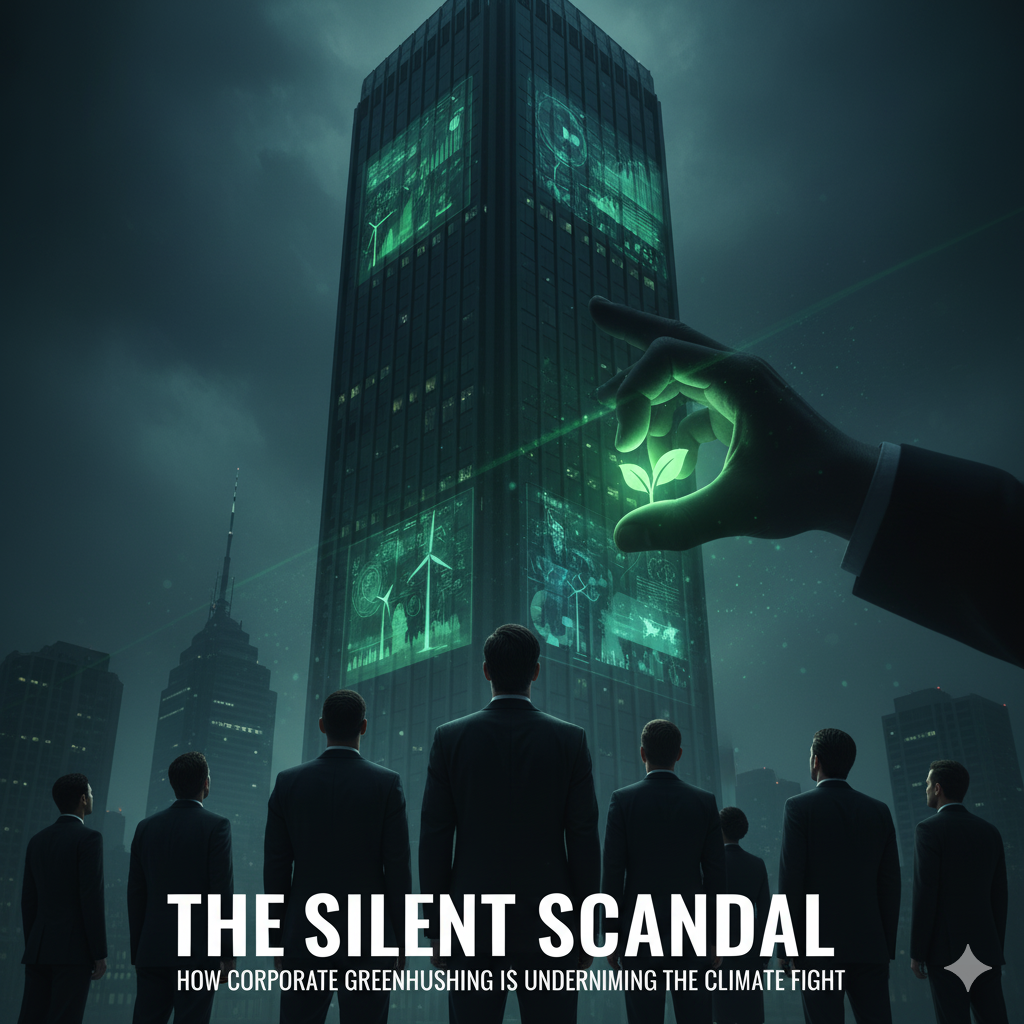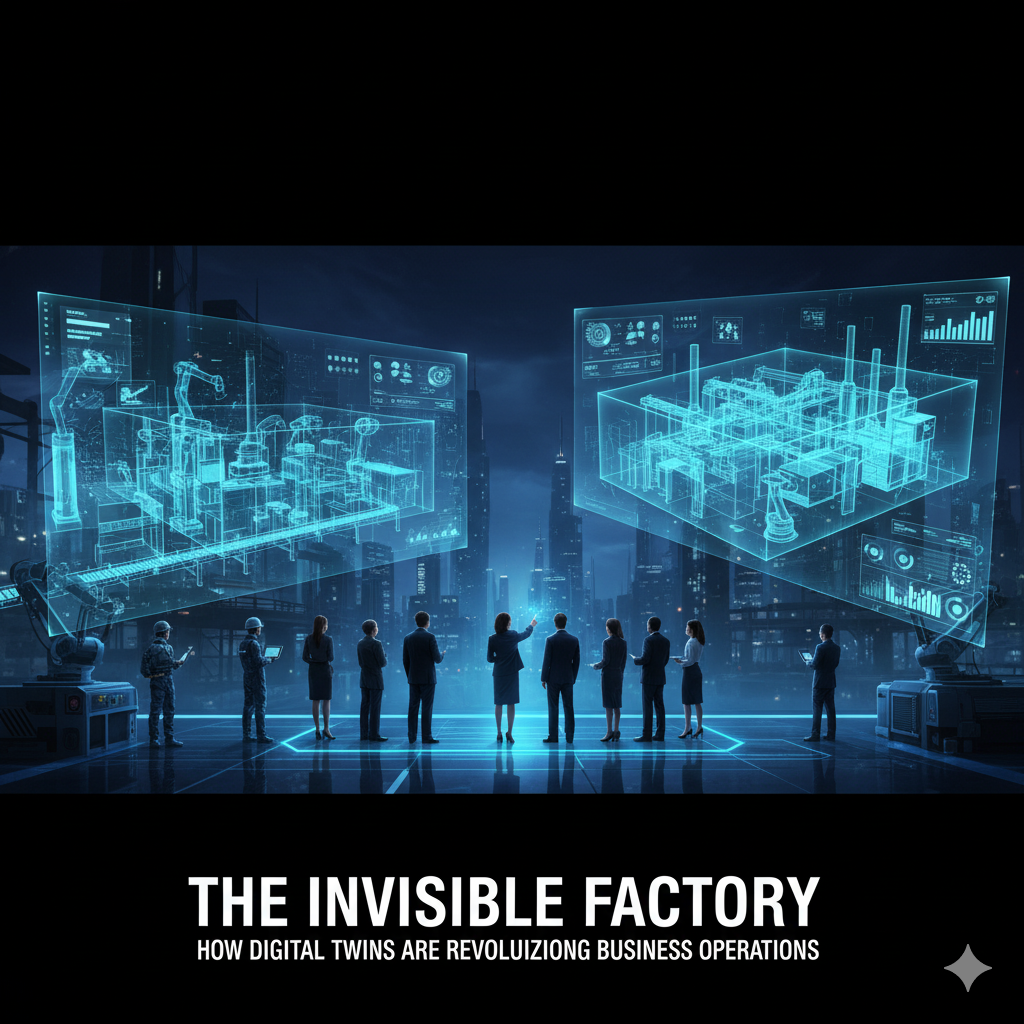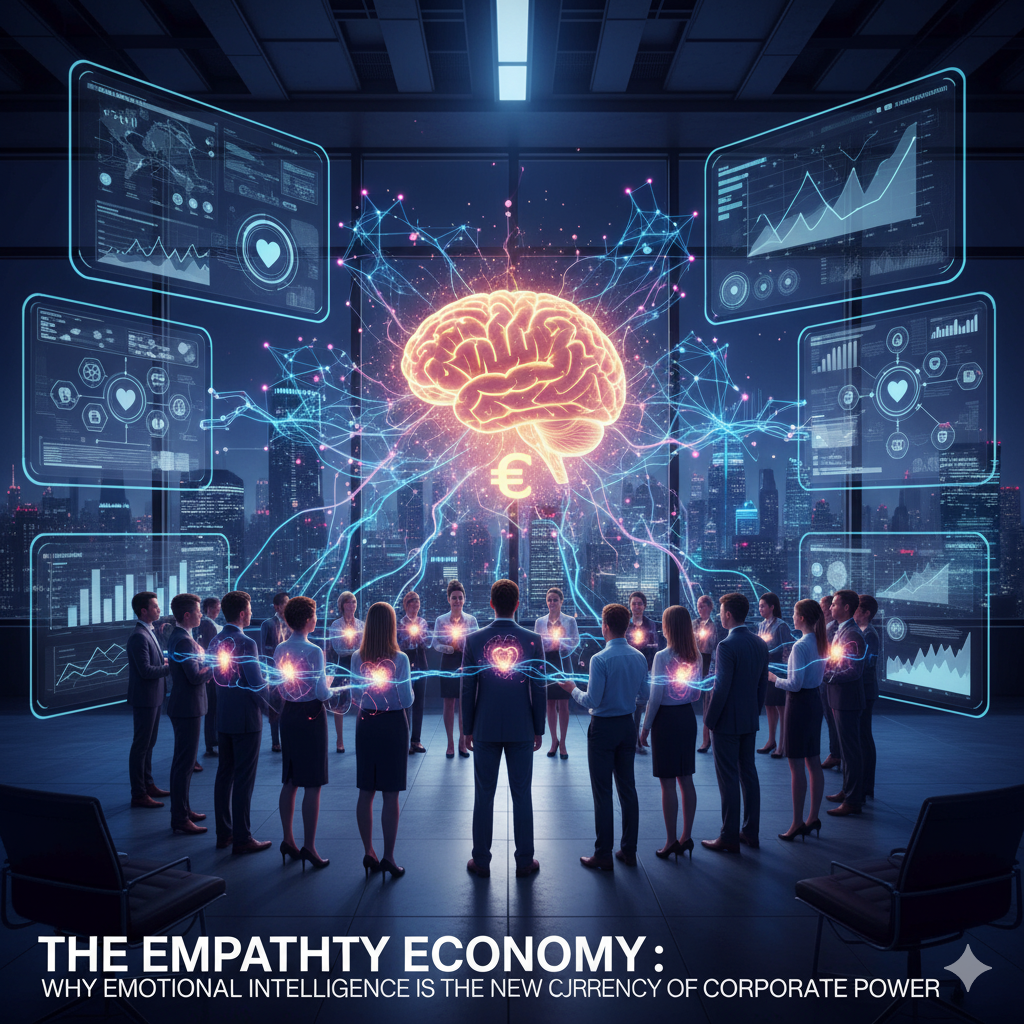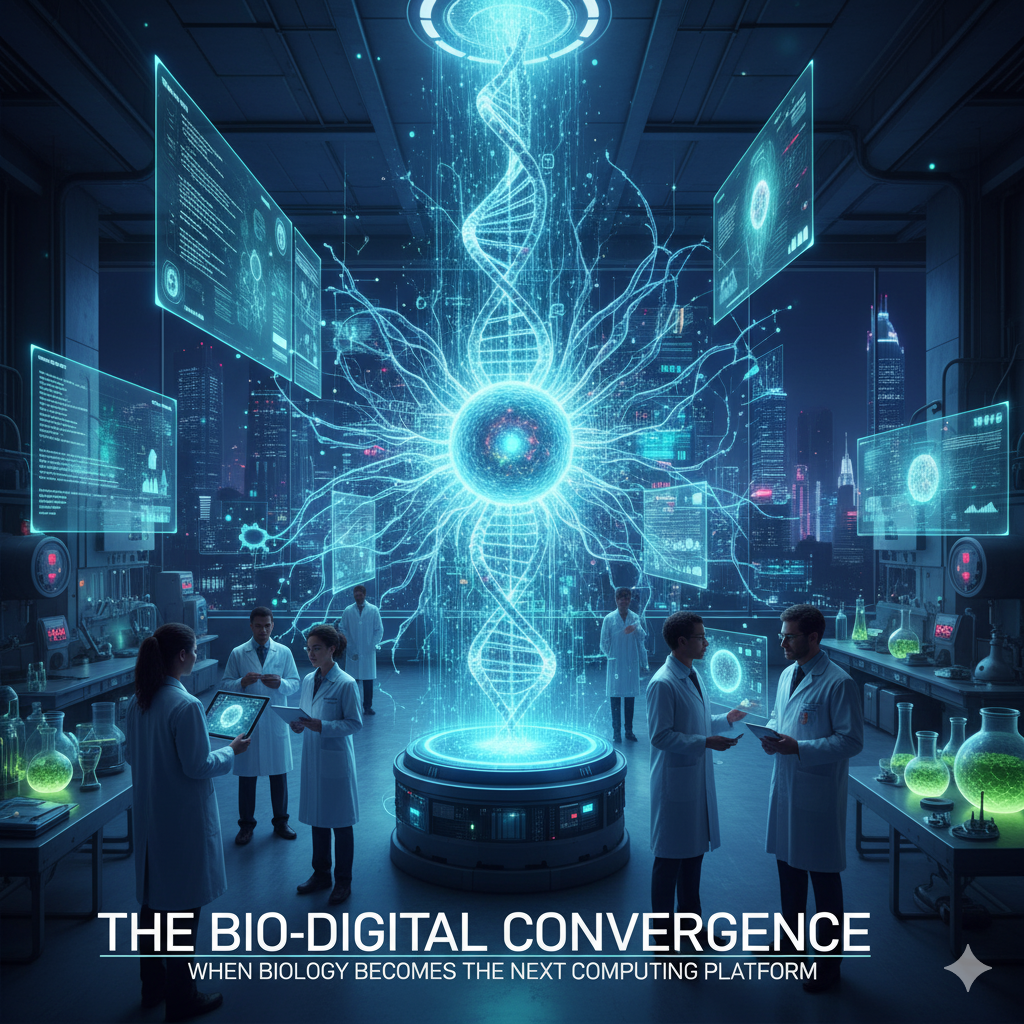For decades, sustainability was a peripheral concern—a “nice-to-have” for corporate social responsibility reports, often overshadowed by the relentless pursuit of quarterly earnings. Those days are over. In 2025, sustainability is no longer a buzzword; it is the Green Gauntlet, a rigorous, multi-front challenge that is separating the corporate titans from the dinosaurs. A perfect storm of regulatory pressure, investor activism, and consumer consciousness has transformed environmental stewardship from a marketing cost into a core strategic imperative. Companies are no longer being asked to be green; they are being forced to prove it, and their very survival depends on how they run this gauntlet.
The Three Unstoppable Forces Driving the Green Mandate
The shift towards mandatory sustainability is not being driven by a single factor, but by a powerful convergence of three distinct forces that are reshaping the global business landscape.
The Regulatory Avalanche: Governments worldwide are moving from voluntary guidelines to hard legislation. The European Union’s Carbon Border Adjustment Mechanism (CBAM) is a landmark example, effectively imposing a carbon tax on imports. This means a company’s environmental footprint directly impacts its bottom line and its ability to compete internationally. Similarly, the U.S. Securities and Exchange Commission’s (SEC) climate disclosure rules are forcing public companies to quantify and report their climate risks, making environmental data as scrutinized as financial data.
The Capital Migration: The flow of global capital is decisively turning green. Environmental, Social, and Governance (ESG) investing has exploded from a niche strategy to a mainstream mandate, representing trillions of dollars in assets under management. Major institutional investors like BlackRock and Vanguard are now using ESG scores as a key metric for investment decisions. A poor sustainability rating can lead to divestment, higher costs of capital, and exclusion from major funds. Access to cheap capital is now inextricably linked to credible climate action.
The Conscious Consumer Revolution: Modern consumers, armed with smartphone apps that can scan a product’s carbon footprint, are voting with their wallets. A 2025 study by the Global Sustainability Consortium found that 73% of consumers are willing to pay a premium for products from brands that can verify their sustainable practices. This is not a fleeting trend but a deep-seated value shift, particularly among younger generations who are loyal to brands that align with their worldview. Greenwashing is swiftly punished on social media, eroding brand equity at lightning speed.
The New Corporate Anatomy: Integrating Sustainability into the DNA
To succeed in this new environment, companies cannot simply bolt on a sustainability department. It requires a fundamental rewiring of the entire corporate structure, integrating green principles into every operational and strategic decision.
The Supply Chain Reckoning: A company’s carbon footprint is no longer just about its own operations (Scope 1 and 2 emissions); it is about the entire value chain (Scope 3). This means auditing and transforming often-opaque supply networks. Companies like Patagonia have led the way, mapping their supply chains down to the raw material level and investing in regenerative agricultural practices for their cotton and wool. This level of transparency is becoming the new baseline for corporate accountability.
The Circular Economy Imperative: The traditional “take-make-waste” linear model is economically and environmentally bankrupt. The future is circular. Philips has pioneered the “Products as a Service” model for its medical imaging equipment, where it retains ownership and responsibility for the hardware throughout its lifecycle, ensuring parts are reused and recycled. This not only reduces waste but also creates a more predictable, service-based revenue stream, aligning profitability with planetary health.
The C-Suite Evolution: The Chief Sustainability Officer (CSO) role has evolved from a ceremonial title to a position with real power, often reporting directly to the CEO and sitting on the executive committee. Their purview now spans R&D, procurement, logistics, and marketing, ensuring that sustainability is not siloed but is a cross-functional driver of innovation and risk management.
The Green Premium: Turning Constraints into Competitive Advantages
The most forward-thinking companies are not just complying with the Green Gauntlet; they are leveraging it to create unassailable market advantages.
Operational Efficiency as a Profit Center: The pursuit of net-zero emissions is a powerful driver of operational efficiency. Investing in energy-efficient machinery, optimizing logistics to reduce fuel consumption, and minimizing waste directly lower operating costs. Tesla’s Gigafactories are designed to be powered by renewable energy, not just for PR, but because it makes long-term economic sense, insulating them from volatile fossil fuel prices.
Innovation and Market Creation: Sustainability constraints are birthing entirely new markets. The demand for plant-based proteins spurred the rise of companies like Beyond Meat. The need for battery storage is fueling a multi-billion dollar industry. Companies that view sustainability as a innovation catalyst are positioning themselves to dominate the markets of the future.
Talent Attraction and Retention: The war for top talent is increasingly won by purpose-driven companies. A compelling and authentic sustainability mission is a powerful tool for attracting and retaining the best and brightest, who seek more from their work than just a paycheck. A strong ESG profile correlates directly with higher employee engagement and lower turnover.
Case Study: The Fast-Fashion Pivot – H&M’s Race to Circularity
The fast-fashion industry, long criticized for its environmental toll, provides a compelling case study. Facing intense pressure, H&M Group has embarked on an ambitious transformation. Their strategy includes:
Material Innovation: Heavily investing in and scaling the use of recycled polyester and sustainably sourced cotton, with a goal of using 100% recycled or sustainably sourced materials by 2030.
Garment Recycling: Pioneering in-store garment collection programs, using advanced recycling technologies to turn old clothes into new fibers.
Supply Chain Transparency: Publishing a full list of its tier 1 supplier factories and their sustainability performance, holding itself publicly accountable.
While the journey is far from over, this pivot is not just about risk mitigation; it’s about future-proofing their business model and capturing the growing market of conscious consumers.
The Strategic Outlook: Navigating the Next Phase of the Gauntlet
The Green Gauntlet is only going to become more challenging. Looking ahead, several key trends will define the next phase:
The Rise of Biodiversity Accounting: Beyond carbon, companies will be required to measure and report their impact on natural ecosystems and biodiversity. Frameworks for this are already in development.
The “Scope 3” Domino Effect: As large corporations are forced to clean up their supply chains, the pressure will cascade down to small and medium-sized enterprises (SMEs), creating a de facto global standard for environmental performance.
The Data Integrity Battle: With so much riding on sustainability claims, the verification of ESG data will become a major industry. Blockchain and other technologies will be deployed to create immutable, auditable records of a product’s environmental journey from cradle to grave.
Conclusion: Adapt or Perish
The era of optional sustainability is over. The Green Gauntlet is here, and it is the defining business challenge of our time. Companies have a binary choice: view it as a burdensome cost and face existential risks, or embrace it as the ultimate catalyst for innovation, efficiency, and long-term value creation. The corporations that will thrive in 2025 and beyond are those that understand a fundamental truth: the most profitable business is a sustainable one. They are the ones building resilience, earning trust, and proving that the health of the planet and the health of the balance sheet are not in opposition, but are two sides of the same coin. The gauntlet has been thrown down. The race for a sustainable future is the only race that matters.


